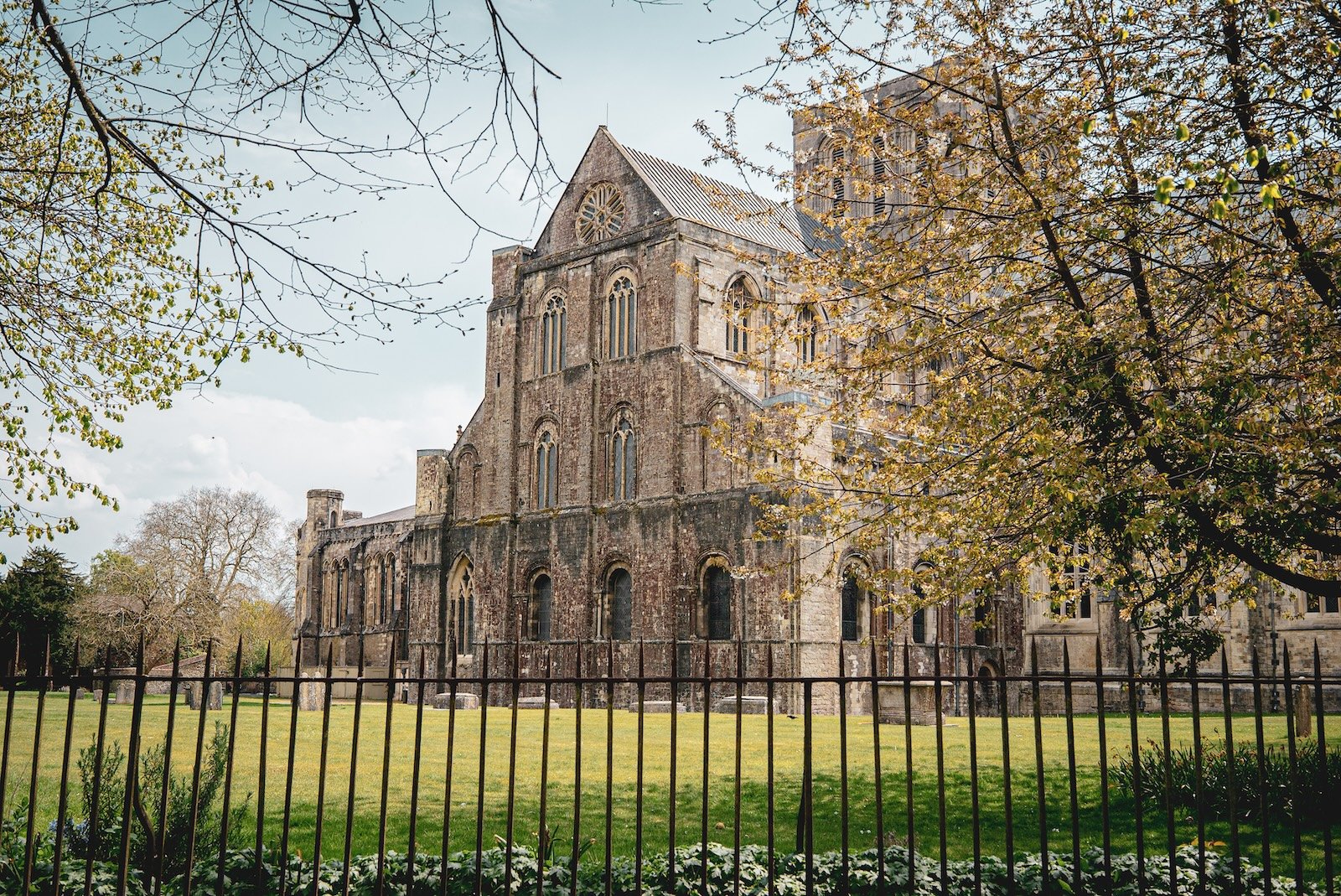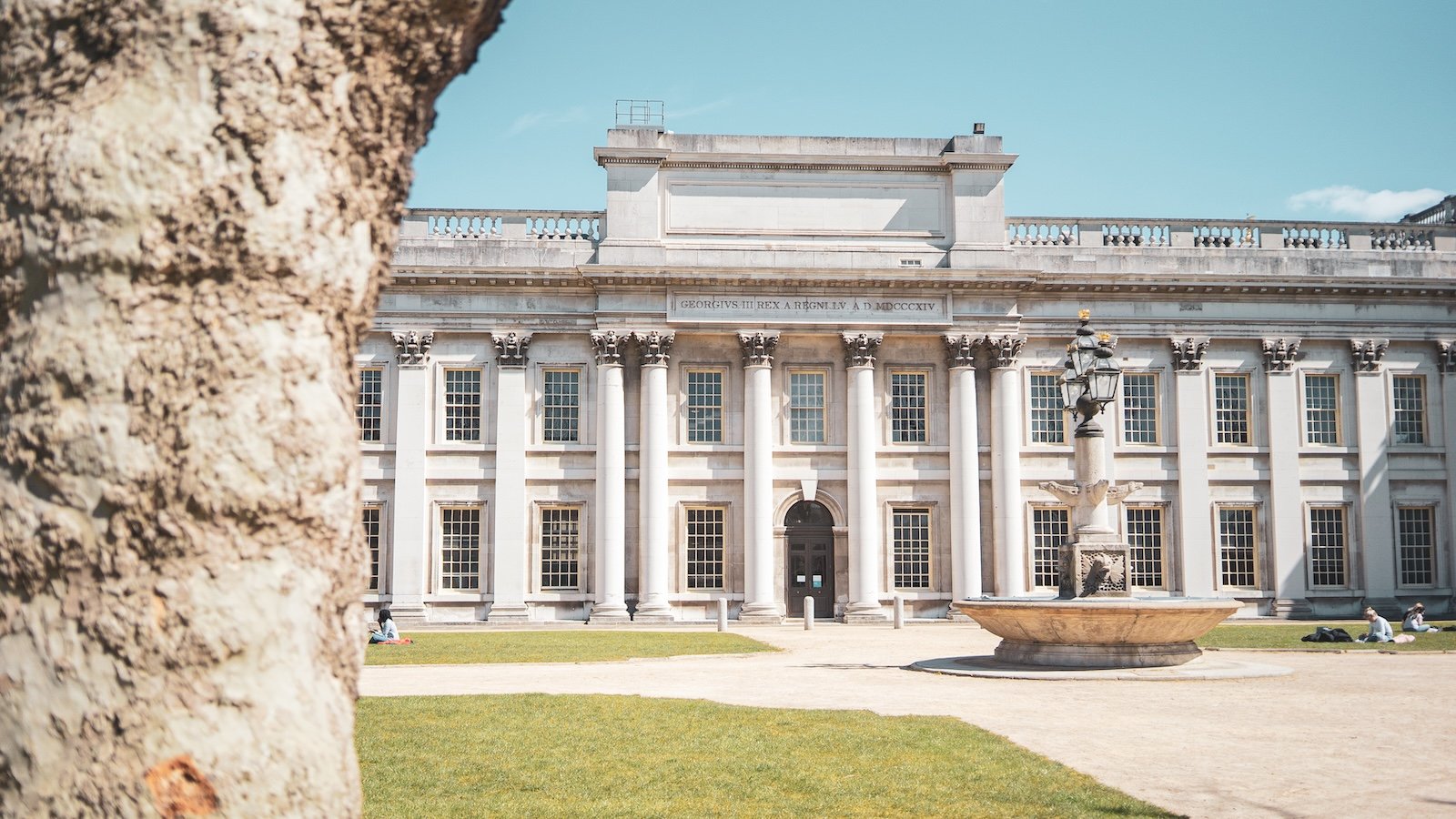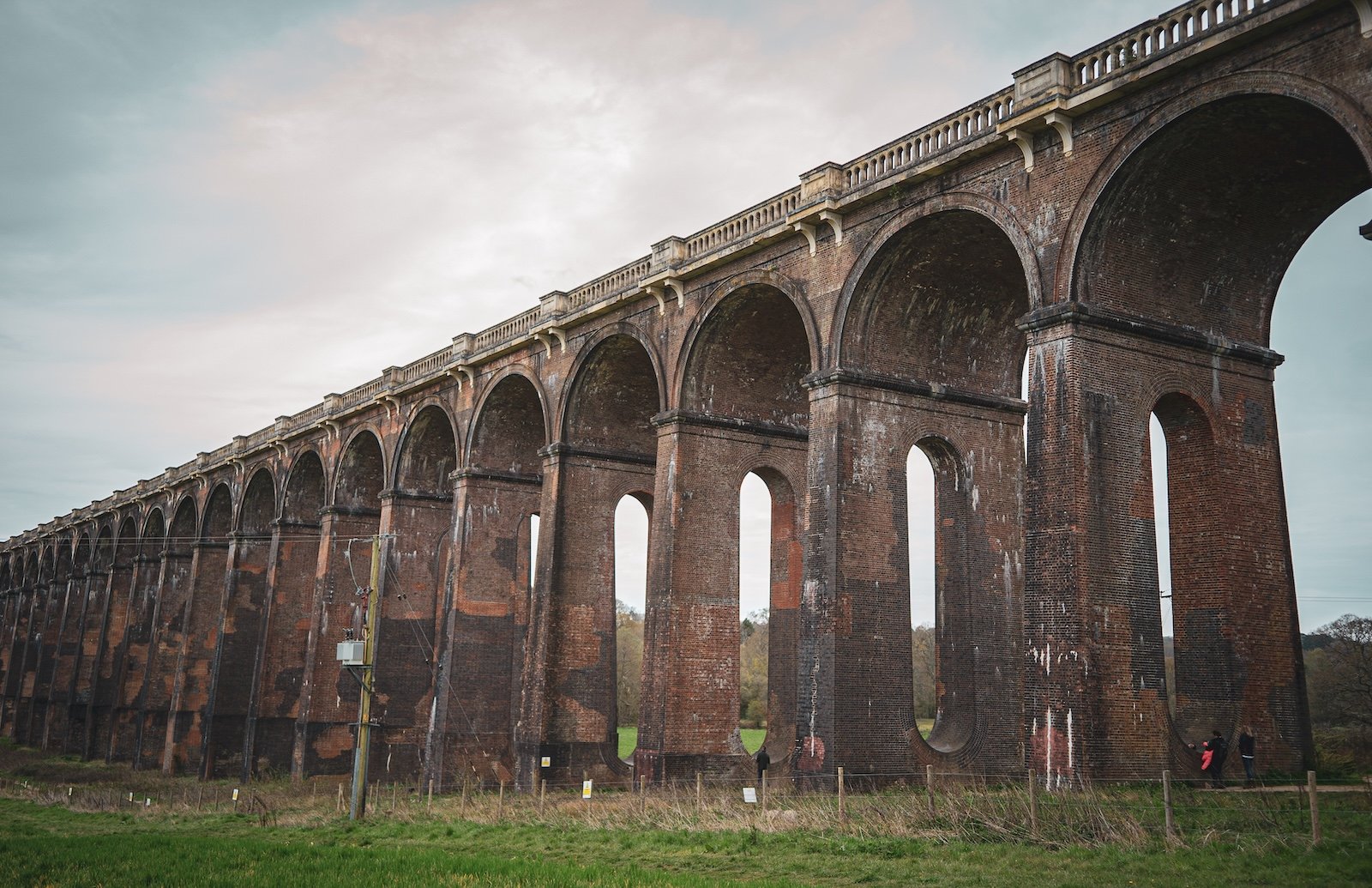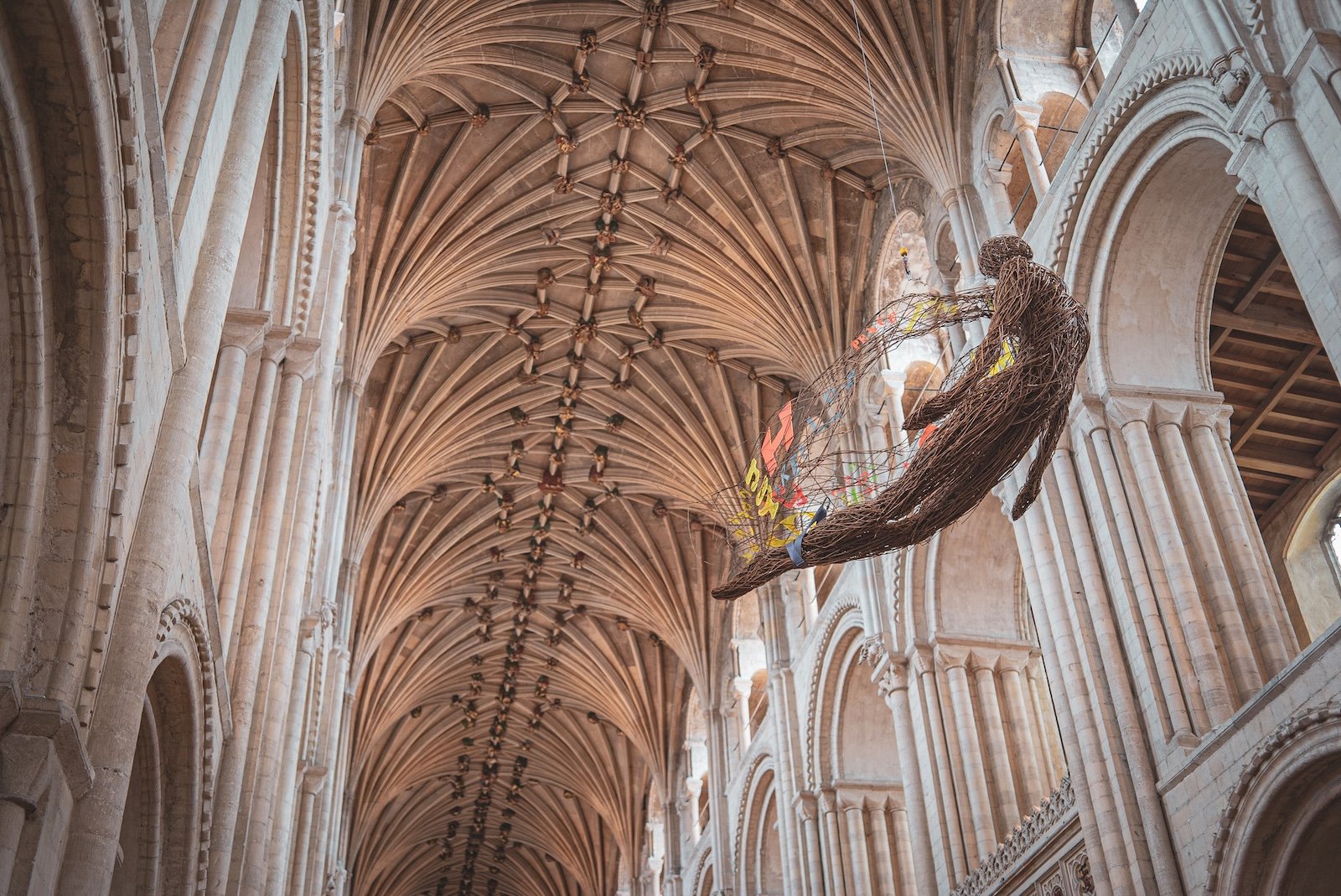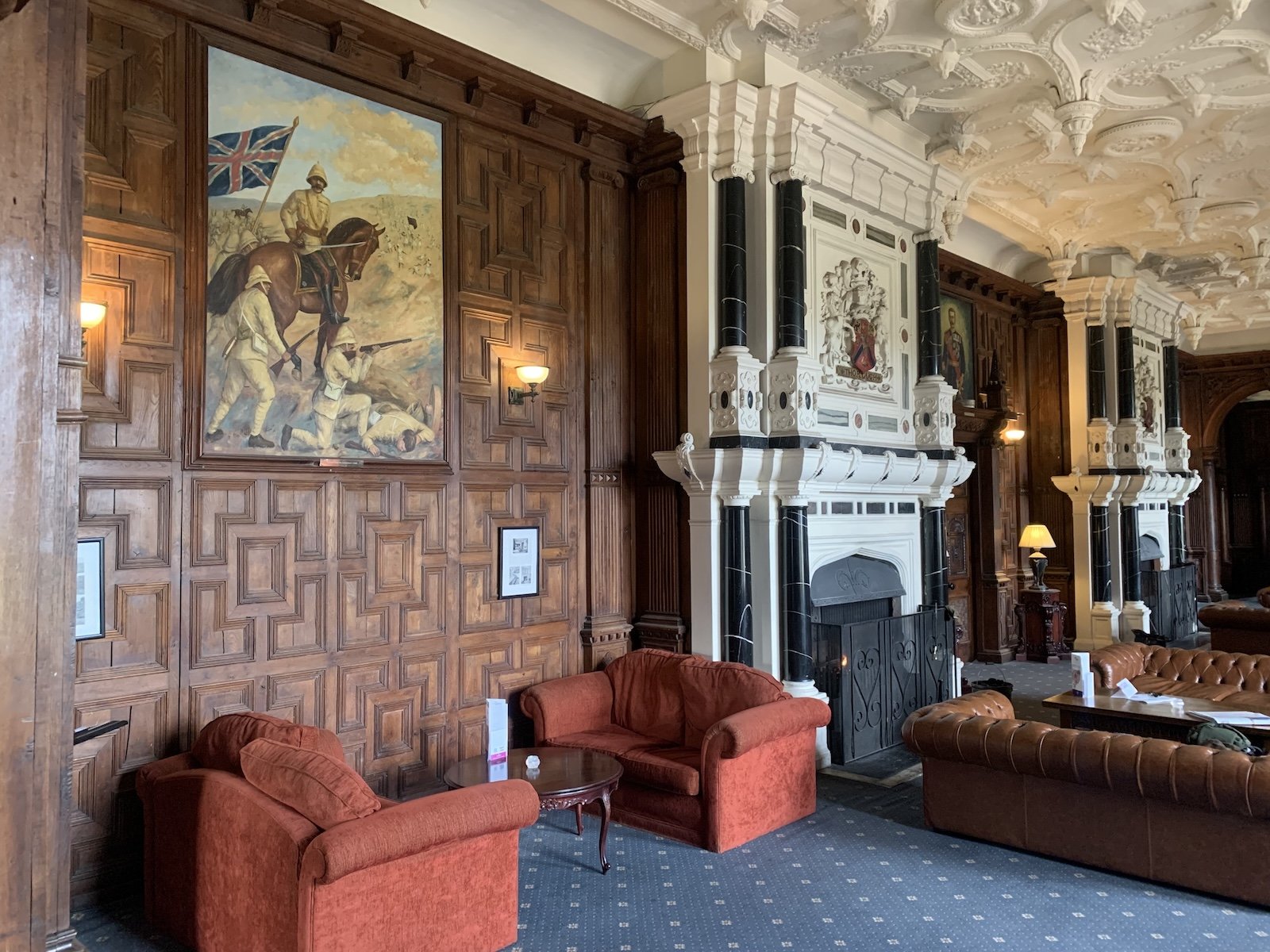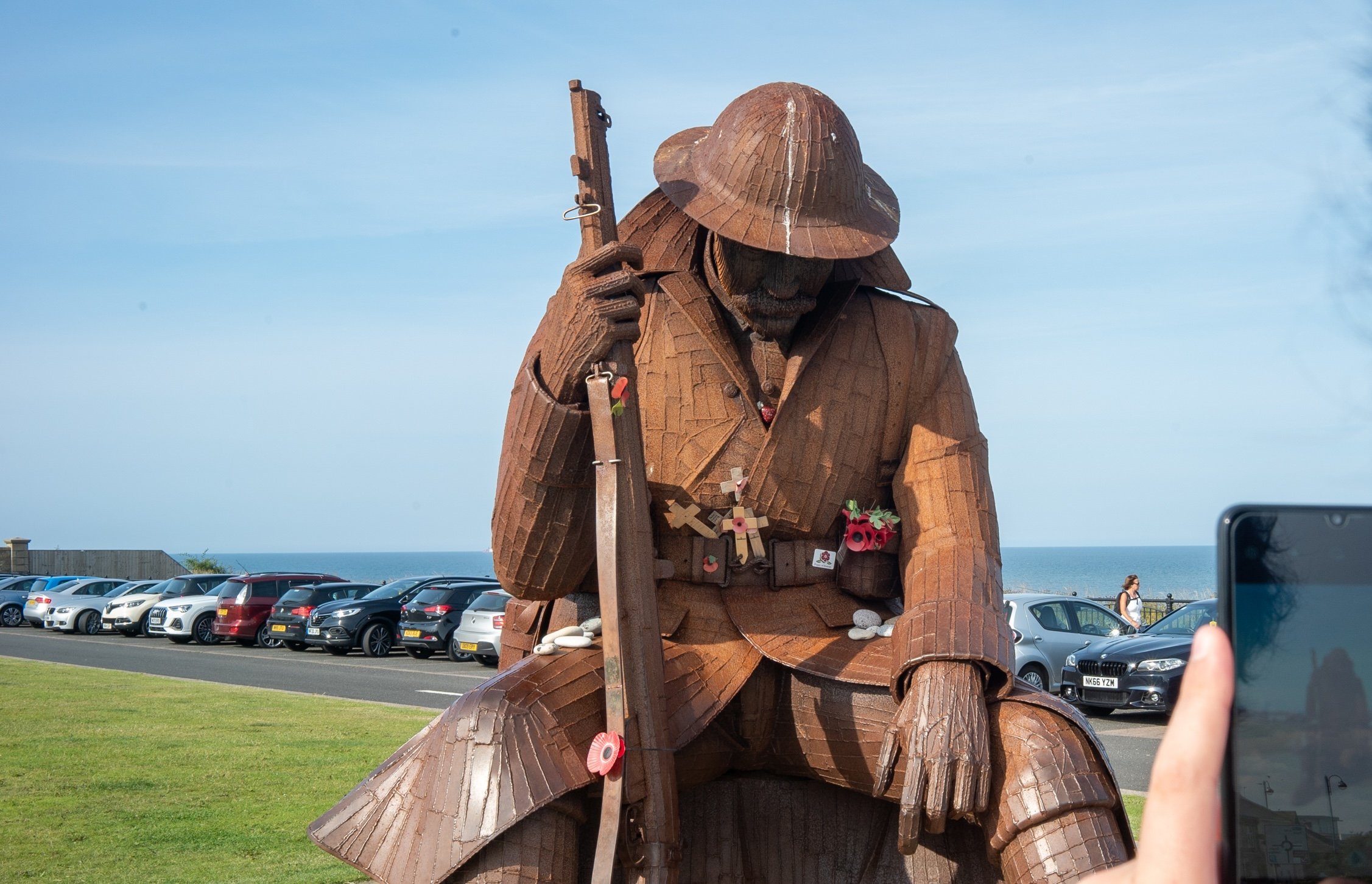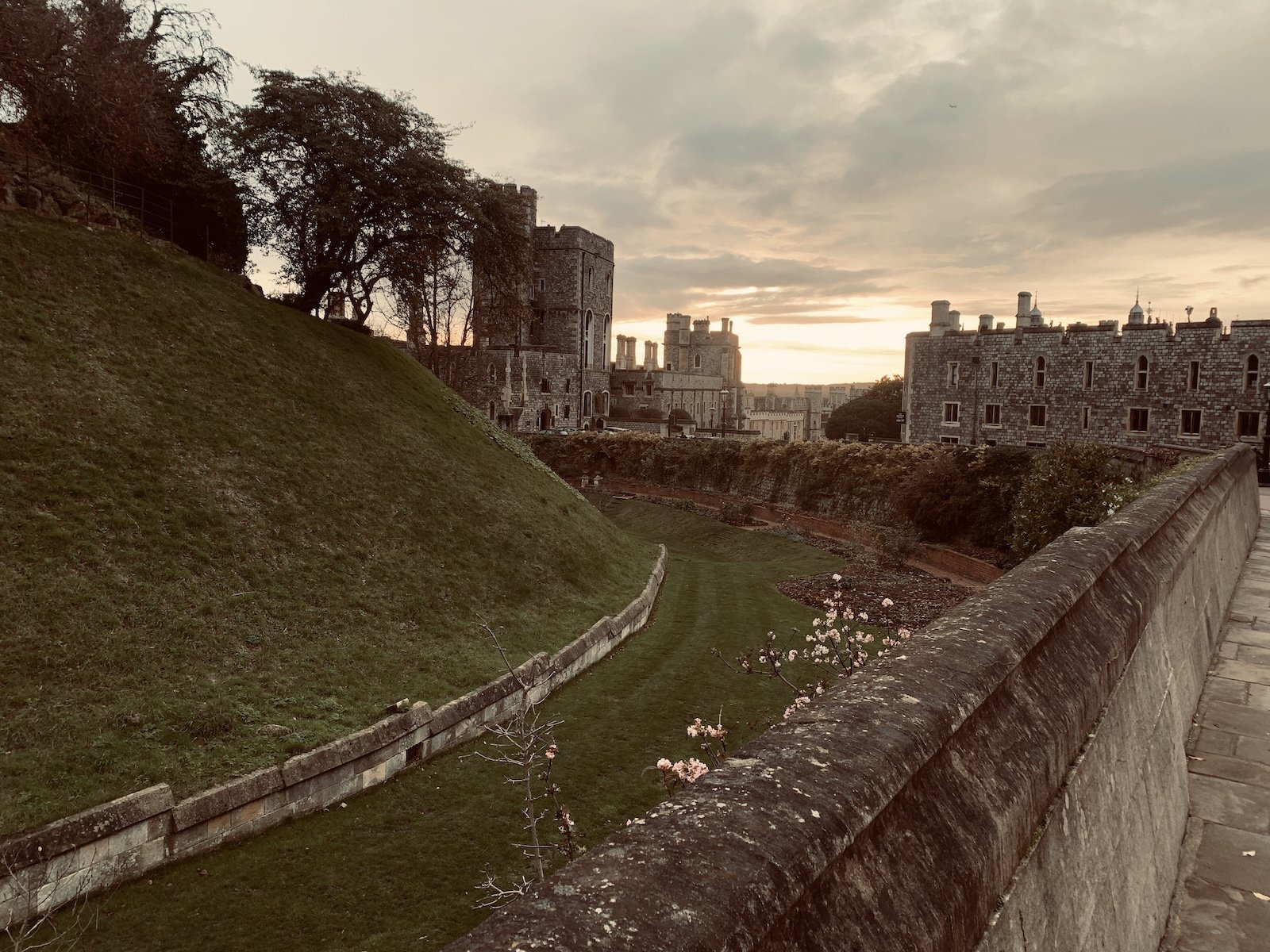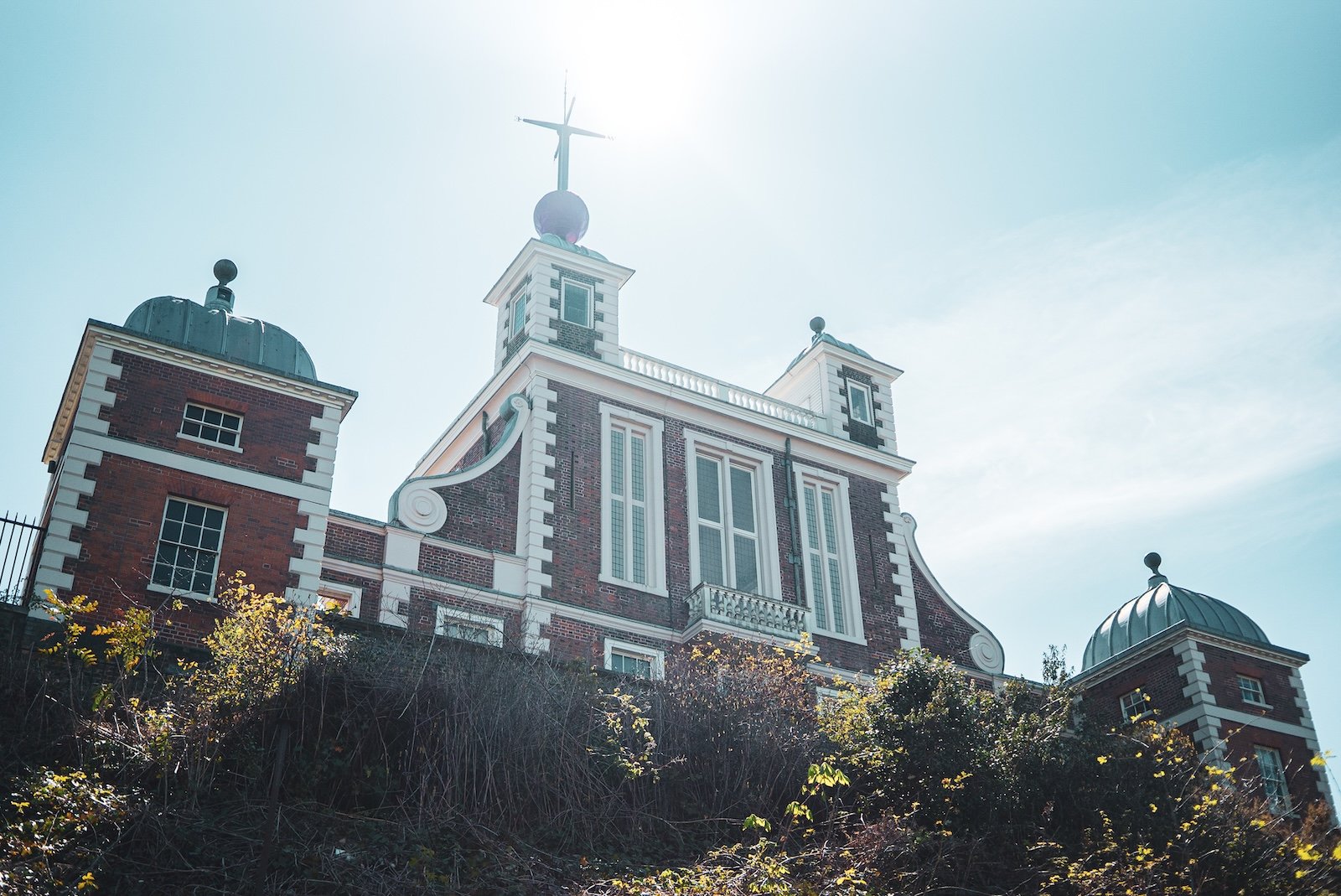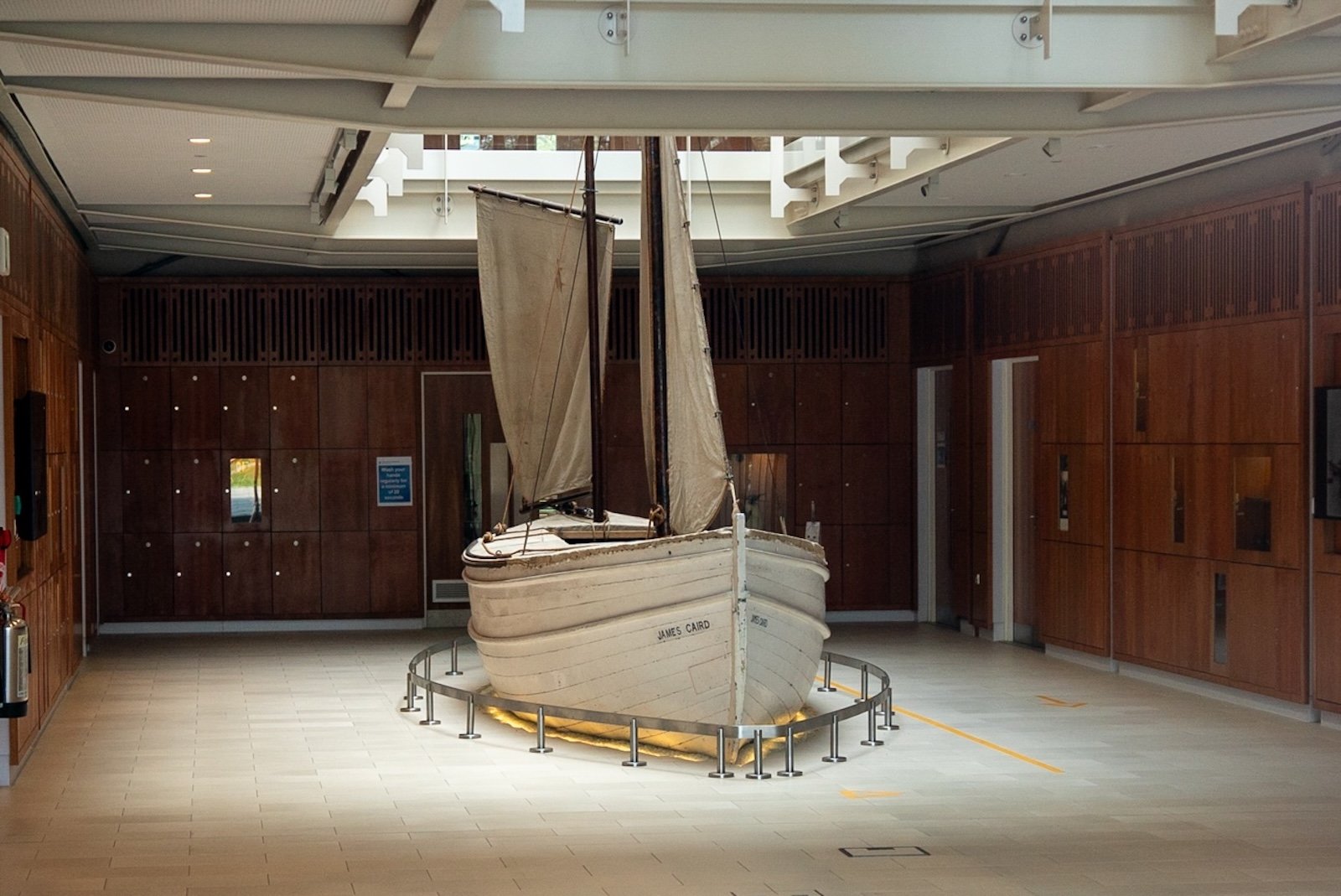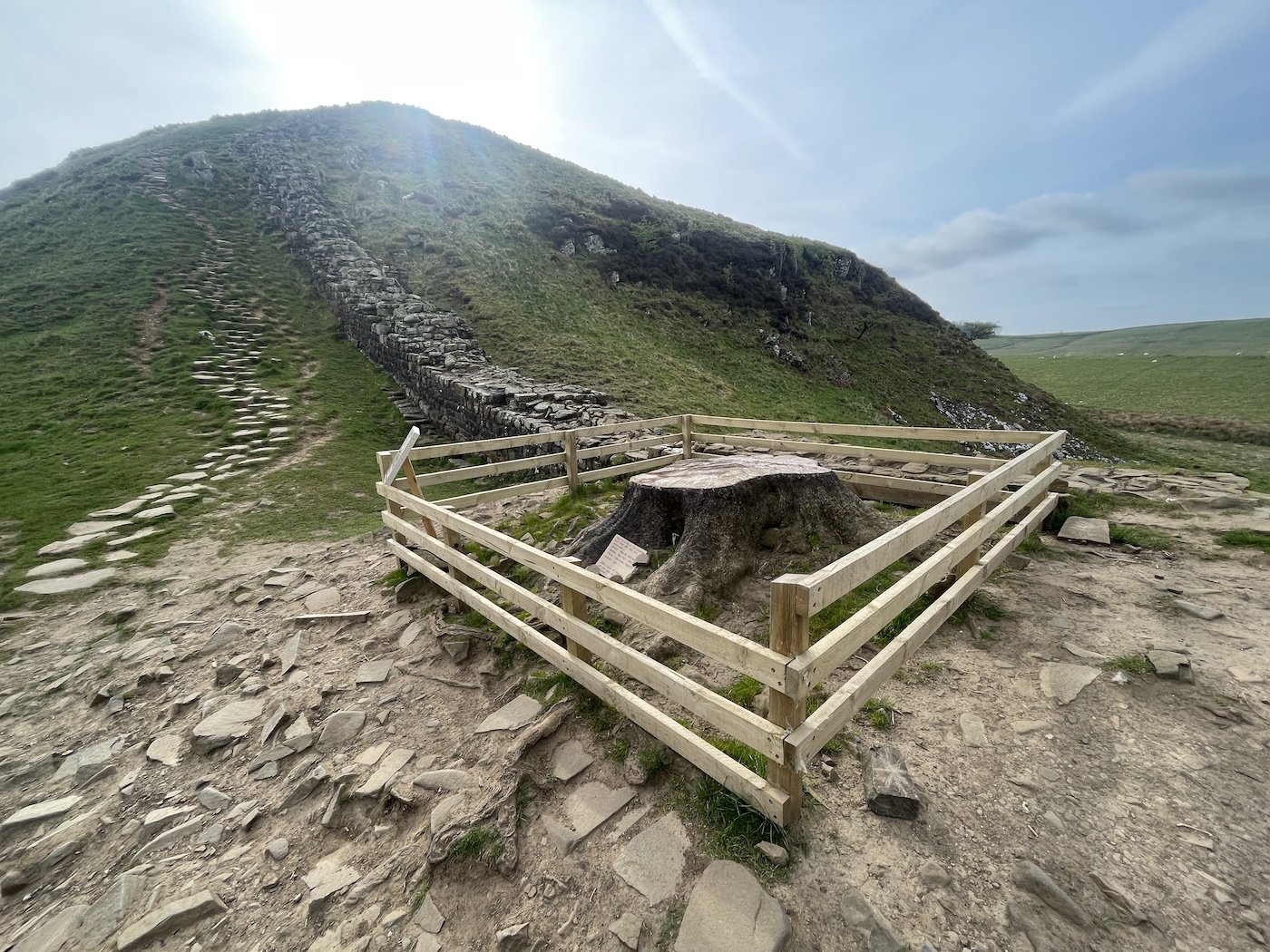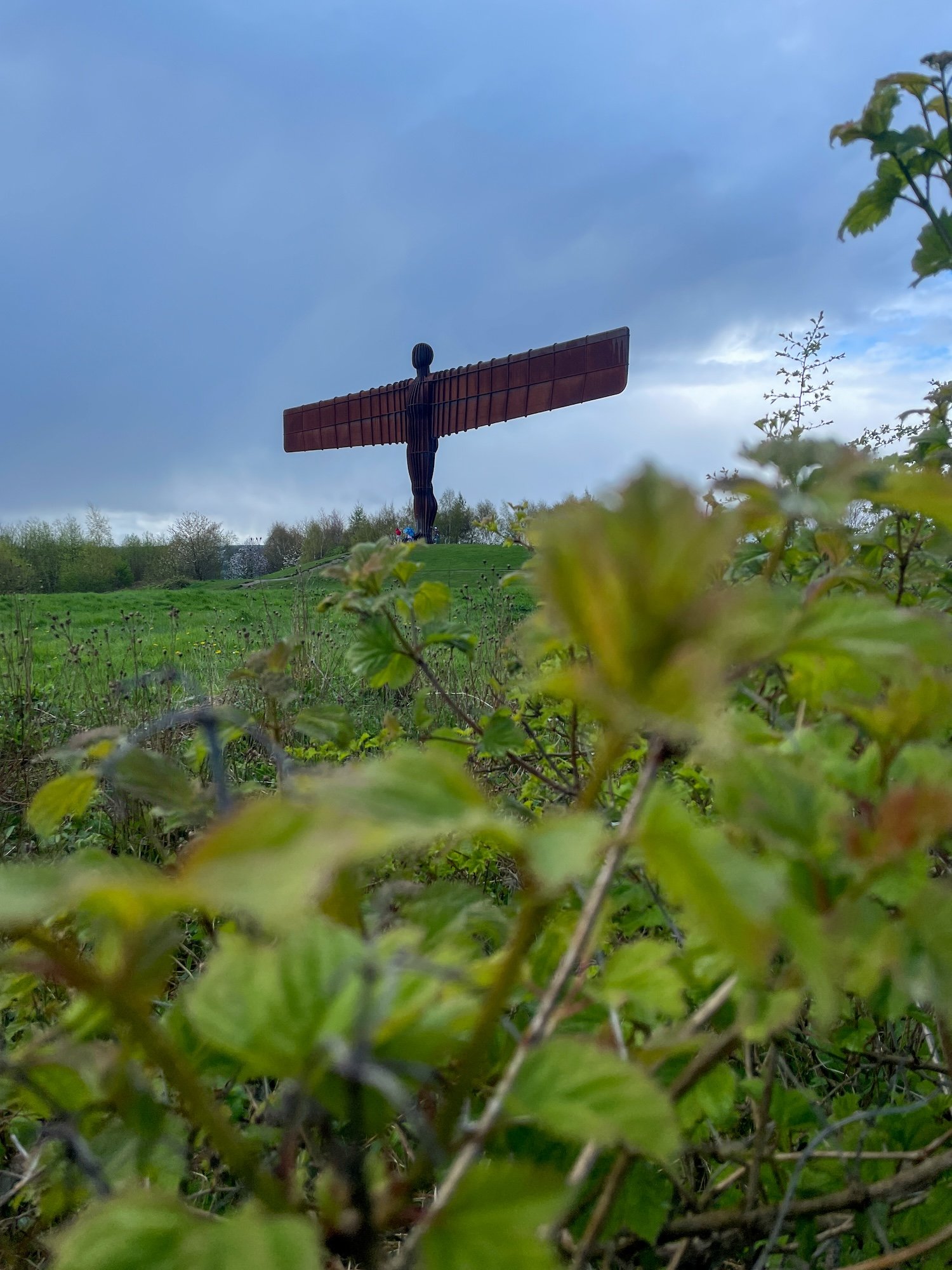Finding the Robert Burns (aka 'The Bard') statue in central London
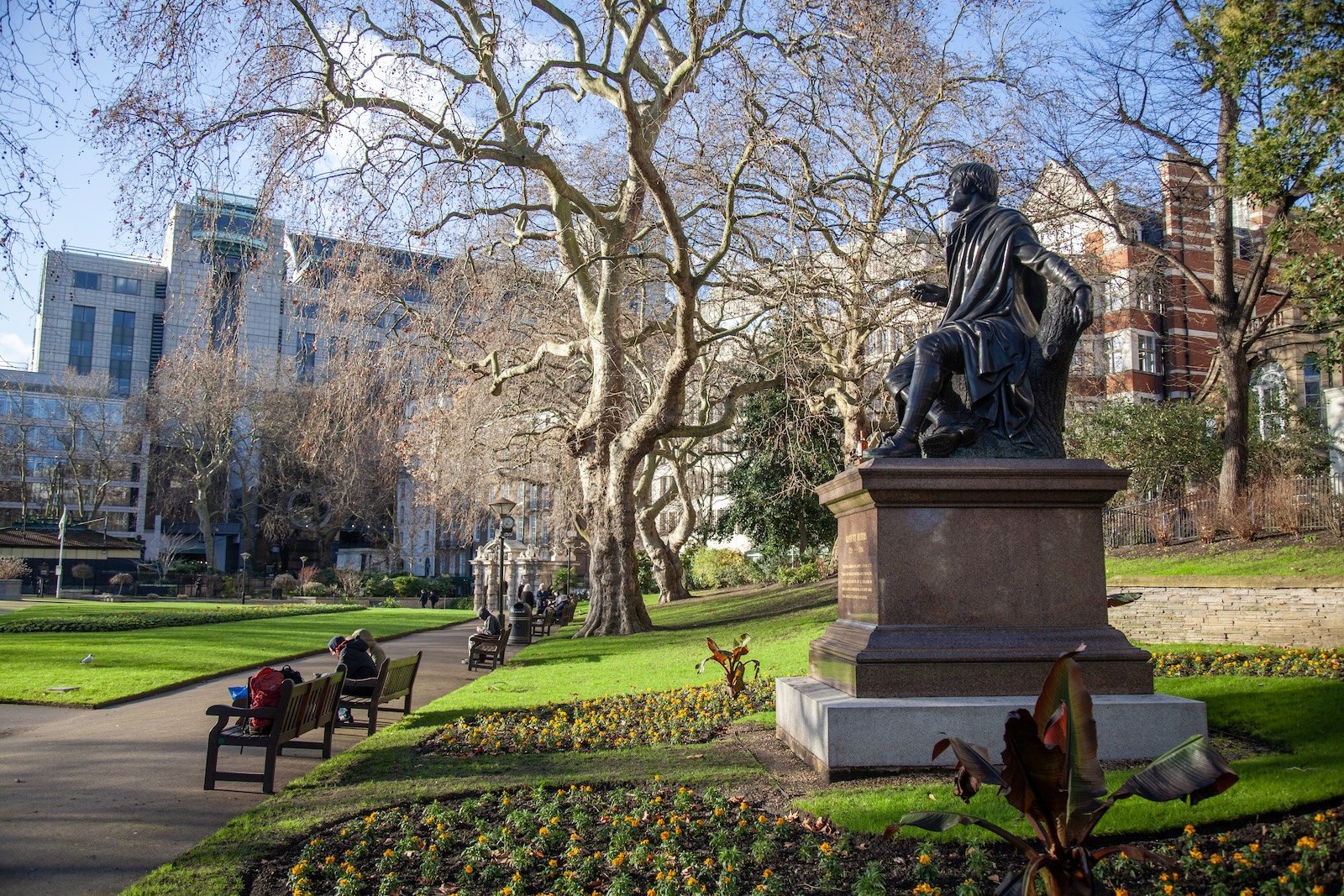
© Images by Hiatus.Design
Robert Burns, born on January 25, 1759, in Alloway, Scotland, is celebrated as one of Scotland's greatest poets and lyricists. Often referred to as the Bard of Ayrshire or simply The Bard, Burns is best known for his works that capture the essence of Scottish culture, rural life, and universal themes of love, humanity, and social justice. His poems and songs, written primarily in Scots and English, include timeless classics such as Auld Lang Syne, Tam o’ Shanter, To a Mouse, and Ae Fond Kiss.
Burns’ life was marked by humble beginnings as the son of a farmer, a keen interest in the natural world, and a deep empathy for the human condition. Despite his fame, he struggled with financial difficulties and died young at the age of 37 in 1796. His legacy, however, endures, with his works continuing to inspire people worldwide. Burns Night, celebrated annually on his birthday, is a testament to his enduring impact on Scottish and global culture.
The Robert Burns statue on Victoria Embankment Gardens, unveiled in 1884, commemorates the poet's significant cultural influence. Sculpted by Sir John Steell, a prominent Scottish artist of the Victorian era, the statue is part of a larger trend in the 19th century of honouring literary figures with public monuments.
The statue depicts Burns in a reflective pose, seated with a notebook in hand, as if mid-thought or mid-verse. This contemplative posture is a nod to his role as a poet and observer of the world around him. He is dressed in 18th-century attire, emphasizing his connection to his era and his roots in rural Scotland.
The statue is one of many erected in Burns' honour globally, from Scotland to the United States and Australia, reflecting his universal appeal. In London, the monument serves as a cultural bridge, connecting the city to Scotland’s literary heritage and reminding visitors of the timeless relevance of Burns' themes of equality, love, and resilience.
You might also like:
Established in 1985, the Saatchi Gallery is a renowned contemporary art space located in the heart of Chelsea, London, at the Duke of York's Headquarters on King’s Road, and is one of the most influential art venues in the UK, known for its bold and innovative approach to displaying contemporary art.
A large reservoir and country park situated in the High Weald Area of Outstanding Natural Beauty (AOSB), that straddles the border between Kent and East Sussex, Bewl Water is the largest stretch of open water in the South East of England covering more than 800 acres.
Back in 2021, we we’re excited to visit the Bike Shed Motorcycle Club (aka BSMC), a unique venue that blends motorcycle culture with a stylish social space, to hear how British technology company, Gravity Industries, founded in 2017 by a former Royal Marine Reservist, Richard Browning, came to be.
Unveiled on 8 July 1992 by Baroness Margaret Thatcher, and standing proudly outside the former Royal Marines Museum in Portsmouth, The Yomper is an 18-foot bronze statue that honours the endurance, determination, and courage of the Royal Marines.
Dating back to 642 AD when the first Christian church was built in Winchester, Winchester Cathedral, one of the largest and most historically significant cathedrals in Europe, stands in the heart of the Hampshire city.
Designed by Sir Christopher Wren and built between 1696 and 1712, the Old Royal Naval College, located in Greenwich, London, is a masterpiece of British architecture and a UNESCO World Heritage Site.
Completed in 1841, the Ouse Valley Viaduct, also known as the Balcombe Viaduct, is a stunning example of Victorian engineering, located in West Sussex, England.
Founded in 1096 by Herbert de Losinga, the first Bishop of Norwich, Norwich Cathedral is one of the most stunning and historically significant buildings in England, located in the heart of Norwich, Norfolk.
Built in 1869 on the River Clyde in Scotland, the Cutty Sark, is one of the last and fastest British tea clipper ships preserved in Greenwich, London.
Purchased by Field Marshal Herbert Kitchener , 1st Earl Kitchener in the early 20th century, Broome Park is a historic country estate located near Canterbury in Kent, England.
Set in the atmospheric tunnels beneath Waterloo Station, the VC London takeover of the House of Vans was an electrifying collision of two empowering worlds: the rebel spirit of VC London and the creative energy of the House of Vans.
Created by artist Ray Lonsdale, the Tommy Statue, officially titled "1101," is a striking war memorial located in Seaham, County Durham, England.
Often referred to as the "Key to England”, Dover Castle, located in Kent, England, is one of the most iconic and historically significant castles in the UK.
Windsor Castle, located in Berkshire, England, is the world's oldest and largest inhabited castle, serving as a royal residence for over 1,000 years and remaining an official home of the British monarch.
The Royal Observatory Greenwich, located in London, England, is a historic site of immense scientific significance.
The James Caird, a 23-foot lifeboat, is one of the most significant artifacts from Sir Ernest Shackleton’s legendary 1914–1917 Endurance Expedition to Antarctica.
Robert Burns, born on January 25, 1759, in Alloway, Scotland, is celebrated as one of Scotland's greatest poets and lyricists, and his significant cultural influence is commemorated with a statue on Victoria Embankment Gardens.
The Barbican Conservatory in London is a hidden oasis nestled within the brutalist architecture of the Barbican Centre, one of the city's most renowned cultural landmarks.
With a few days in London, I decided to make a trip the Royal Geographical Society (RGS) to catch a special exhibition showcasing photographs from the ill-fated Everest expedition of 1924 where George Mallory and Andrew "Sandy" Irvine sadly disappeared.
Whilst having a huge interest in mountaineering and Everest, I didn’t know much about the early Everest expeditions not least the 1924 one.
If you’ve not heard of them, ‘The Longest Johns’ are a vocal group from Bristol, that came together through a shared passion for folk music, sea shanties, and maritime rock. Comprising Andy Yates, Dave Robinson, Jonathan “JD” Darley, and Robbie Sattin, the quartet began their musical journey by performing traditional songs and their own original compositions.
The information plaque mounted nearby highlights that it was made in 1846 by the Weardale Iron Company and was part of the Bolt's Law Railway Incline, the highest standard-gauge railway in the UK at the time, designed to transport iron ore and limestone from Rookhope to Tow Law Ironworks.
Crag Lough is a picturesque lake nestled within the Northumberland National Park in Northumberland, England. It's renowned for its stunning natural beauty, surrounded by rugged crags and lush greenery, making it a popular destination for outdoor enthusiasts, particularly hikers, climbers, and birdwatchers.
On my way to find the Haughton Green bothy, I stumbled upon the stunning Cawfields Quarry, a former limestone quarry within the Northumberland National Park.
In addition to its calming atmosphere Cawfields Quarry has historical significance.
The site contains remnants of Hadrian's Wall, a UNESCO World Heritage Site built by the Romans in the 2nd century AD to fortify their northern frontier in Britain. Hadrian's Wall runs along the northern edge of the quarry, and visitors can explore the remains of the wall and the nearby milecastle.
Seeing the Sycamore gap tree remnants was a truly sad experience.
HR4K is more than just a shop, gym, cafe, or hangout space; it's a vibrant lifestyle brand that brings together individuals who share common interests and values.
Founded by Ben Garwood, a former 22 SAS operator, HR4K serves as a community-focused hub where good people come together to connect, collaborate, and cultivate strong networks.
The National Memorial Arboretum in Staffordshire is a poignant and tranquil space dedicated to honouring the memory of those who have served and sacrificed for their country. Located near the village of Alrewas, the arboretum spans 150 acres (about 85 football pitches for context) of beautifully landscaped grounds, offering a place for remembrance, reflection, and commemoration.
If you’ve never heard if it before, the Angel of the North is a massive contemporary sculpture located in Gateshead, Tyne and Wear, England.
It was designed by the British sculptor Antony Gormley (Sir Antony Mark David Gormley OBE RA to use his full title!), it stands at an impressive height of 20 meters (66 feet) with a wingspan of 54 meters (177 feet). The sculpture was completed in 1998 and is situated on a hill overlooking the A1 and A167 roads, making it a prominent landmark visible to travellers passing through the area.
Shakespeare's Birthplace in Stratford-upon-Avon is one of the most iconic literary landmarks in the world. It's the house where William Shakespeare, arguably the greatest playwright and poet in the English language, was born and spent his childhood. The house is located on Henley Street in Stratford-upon-Avon, a picturesque town in Warwickshire, England.
In April 2024, I was lucky to be invited aboard the decommissioned Royal Navy warship, HMS Belfast to see and experience a ‘pusser’s grey’ for the first time since I left the Royal Marines.
I you’ve never been aboard, this is fascinating physical journey through history, offering visitors a chance to step back in time and experience the legacy of this iconic warship. As you explore her nine decks (yep, nine!), each step echoes with the stories of courage and sacrifice of those who served aboard her.
During a trip to explore Dartmoor, I got to visit the Duke of York pub located in the village of Iddesleigh in Devon, renowned its association with the acclaimed British author Michael Morpurgo, who often frequented the pub.
The Duke of York pub holds a special place in the history of "War Horse" as Morpurgo reportedly got the idea for the novel from a veteran he met in the pub who shared his experiences of World War I and the role of horses in the conflict.
About the Author:
Chris is the founder of Hiatus.Design, a mission-driven branding and website design company that works with clients all over the world.
Over the course of his life, he has travelled to more than 60 countries across six continents, earned two Guinness World Records, completed the legendary Marathon des Sables, summited Mont Blanc and unclimbed peaks in Asia, become a Fellow of the Royal Geographical Society (FRGS), rowed across the Atlantic Ocean and obtained a Masterʼs degree in Business Management (MA).






